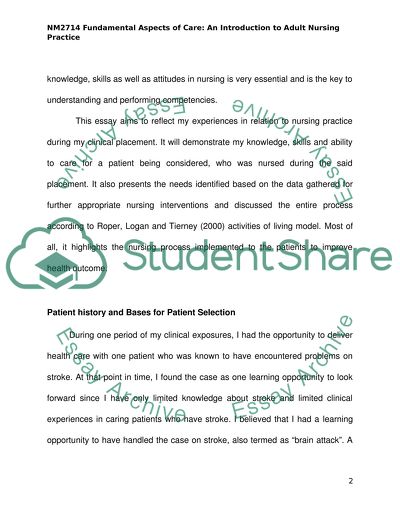Cite this document
(“Patient care study Essay Example | Topics and Well Written Essays - 3000 words”, n.d.)
Retrieved from https://studentshare.org/health-sciences-medicine/1530447-patient-care-study
Retrieved from https://studentshare.org/health-sciences-medicine/1530447-patient-care-study
(Patient Care Study Essay Example | Topics and Well Written Essays - 3000 Words)
https://studentshare.org/health-sciences-medicine/1530447-patient-care-study.
https://studentshare.org/health-sciences-medicine/1530447-patient-care-study.
“Patient Care Study Essay Example | Topics and Well Written Essays - 3000 Words”, n.d. https://studentshare.org/health-sciences-medicine/1530447-patient-care-study.


